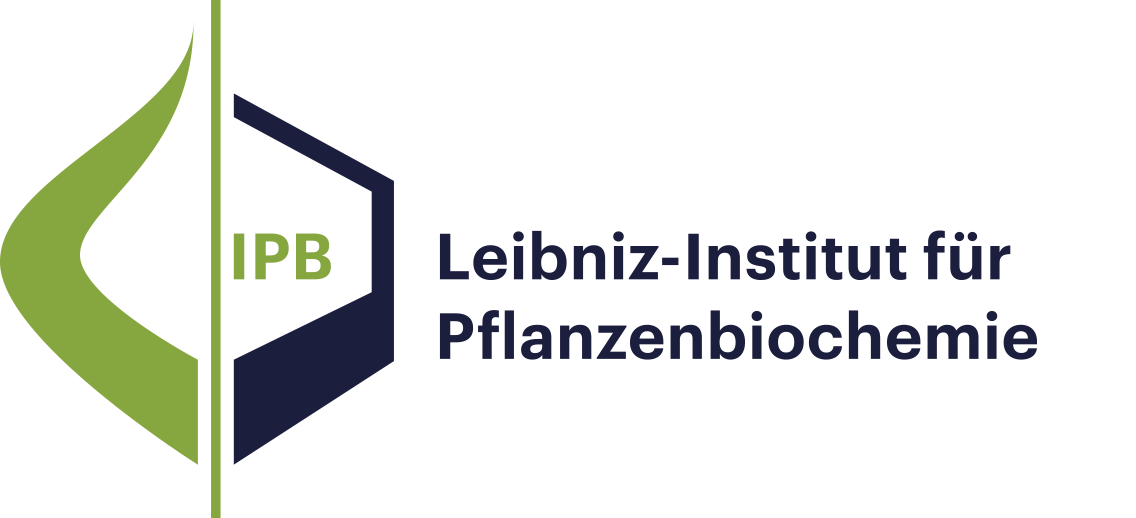- Ergebnisse als:
- Druckansicht
- Endnote (RIS)
- BibTeX
- Tabelle: CSV | HTML
Publikation
Publikation
Publikation
Publikation
Publikation
Publikation
Publikation
Leitbild und Forschungsprofil
Molekulare Signalverarbeitung
Natur- und Wirkstoffchemie
Biochemie pflanzlicher Interaktionen
Stoffwechsel- und Zellbiologie
Unabhängige Nachwuchsgruppen
Program Center MetaCom
Publikationen
Gute Wissenschaftliche Praxis
Forschungsförderung
Netzwerke und Verbundprojekte
Symposien und Kolloquien
Alumni-Forschungsgruppen
Publikationen
Publikation
Amino acids (AAs), important constituents of natural moisturizing factors (NMFs) of the skin are decreased in diseased conditions such as psoriasis and atopic dermatitis. No study so far investigated the uptake of AAs into isolated corneocytes (COR). The present study was performed using 19 AAs, including taurine (TAU), to measure their amount diffused into the COR and binding of these AAs to keratin. Incubation of alanine, aspartic acid, asparagine, glutamine, glutamic acid, histidine, proline, serine and TAU with the isolated COR showed uptake after 24 h of 51.6, 95.4, 98.6, 94.1, 95.6, 90.1, 94.6, 72.9 and 57.8 %, respectively, into the COR but no binding with keratin. Uptake of TAU was validated by time dependent in-vitro diffusion models 'without COR and 'with COR'. The time dependent curve fitting showed that in in-vitro diffusion model 'without COR' there was no change in the total concentration of TAU until 72 hours, while in diffusion model 'with COR' the total conc. decreased to 37.8 % after 72 hours. The Pearson's correlation coefficient 'r' between the conc. curves of both in-vitro diffusion models was -0.54 that was an evidence of significant amount of TAU uptake by the COR. AAs as part of the NMFs have a great potential to be diffused into the COR. This property of the AAs can be employed in further dermatological research on diseased or aged skin conditions with NMFs deficiency.
Publikation
Three new glucosylceramides (GluCers) named malusides I–III (1–3) were isolated from apple (cultivars of Malus domestica) pomace (fruit material remaining after juice extraction). An unusual oxo/hydroxy group pattern within the sphingadienine (d18:2) type sphingoid base was observed. All compounds contained the same α-hydroxylated fatty acid (h16:0) and a β-D-glucose moiety. Their structures were assigned on the basis of one- and two-dimensional (1D and 2D) nuclear magnetic resonance (NMR) spectroscopic analyses and mass spectrometry (MS) measurements.
Publikation
Hydnora abyssinica A.Br. (Hydnoraceae), a holoparasitic herb, is for the first time recorded for Abyan governorate of South Yemen. Flowers of this species were studied for their ethnobotanical, biological and chemical properties for the first time. In South Yemen, they are traditionally used as wild food and to cure stomach diseases, gastric ulcer and cancer. Phytochemical analysis of the extracts showed the presence of terpenes, tannins, phenols, and flavonoids. The volatile components of the air-dried powdered flowers were identified using a static headspace GC/MS analysis as acetic acid, ethyl acetate, sabinene, α-terpinene, (+)-D-limonene and γ-terpinene. These volatile compounds that characterize the odor and taste of the flowers were detected for the first time in a species of the family Hydnoraceae. The flowers were extracted by n-hexane, dichlormethane, ethyl acetate, ethanol, methanol and water. With exception of the water extract all extracts demonstrated activities against Gram-positive bacteria as well as remarkable radical scavenging activities in DPPH assay. Ethyl acetate, methanol and water extracts exhibited good antifungal activities. The cytotoxic activity of the extracts against FL cells, measured in neutral red assay, was only weak (IC50 > 500 μg /mL). The results justify the traditional use of the flowers of Hydnora abyssinica in South Yemen.
Publikation
Three new pyridine alkaloids were detected in the pygidial glands of some Stenus species. The chemotaxonomic significance of the occurrence of these alkaloids and stenusine in different Stenus species is discussed. The antimicrobial properties of (Z)- and (E)-3-(2- methyl-1-butenyl)-pyridine and the deterrent activities of stenusine and norstenusine were investigated.
Publikation
The complex pigment pattern of fly agaric (Amanita muscaria) cap skins has been studied by LC-DAD and mass spectrometry. Among the betaxanthins the corresponding derivatives of serine, threonine, ethanolamine, alanine, Dopa, phenylalanine and tryptophan are reported for the first time to contribute to the pigment pattern of fly agarics. Betalamic acid, the chromophoric precursor of betaxanthins and betacyanins, muscaflavin and seco-dopas were also detected. Furthermore, the red-purple muscapurpurin and the red muscarubrin were tentatively assigned while further six betacyanin-like components could not be structurally allocated. Stability studies indicated a high susceptibility of pigment extracts to degradation which led to rapid colour loss thus rendering a complete characterization of betacyaninlike compounds impossible at present. Taking into account these difficulties the presented results may be a starting point for a comprehensive characterization of the pigment composition of fly agarics.
Publikation
Chemical investigation of Stephania rotunda Lour. growing in Viet Nam led to the isolation and structural elucidation of three new alkaloids, 5-hydroxy-6,7-dimethoxy-3,4-dihydroisoquinolin-1(2H)-one (1), thaicanine 4-O-β-L-glucoside (6), as well as (–)-thaicanine N-oxide (4-hydroxycorynoxidine) (8), along with 23 known alkaloids. These structures were determined on the basis of MS and NMR spectroscopic data.
Publikation
2,4-Dimethoxy-2-methyl-6H-pyran-3-one (1), a hitherto unknown natural product, and the calcium salt of rehmapicroside (2) have been isolated from rhizomes of the Vietnamese variety of Rehmannia glutinosa Libosch together with a series of known compounds: norcarotenoids (3–5), 2-formyl-5-hydroxymethylfurane (6), the iridoid rehmaglutin D (7), iridoid glycosides (8–12) and phenylethyl alcohol glycosides (13–17). Their structures were determined by mass and NMR spectroscopy.
Publikation
From the acetone extract of the North American toadstool Lepiota americana 2-aminophenoxazin-3-one (1) and a novel amino-1,4-benzoquinone derivative, lepiotaquinone (2), were isolated. The structure of 2 was confirmed by its preparation from 2-aminophenol and amino-1,4-benzoquinone.
Publikation
After feeding of 24-epi-castasterone to the cockroach Periplaneta americana an organspecific epimerization of the brassinosteroid to 2,24-depi-castasterone could be detected in female insects. The metabolite being observed only in the ovaries and not in the testes of the insect was identified by GC/MS in comparison with a synthesized authentic sample. Contrary, 24-epi-brassinolide is not metabolized in the sexual organs of Periplaneta americana. This is the first evidence of a metabolic transformation of a brassinosteroid in insects.

